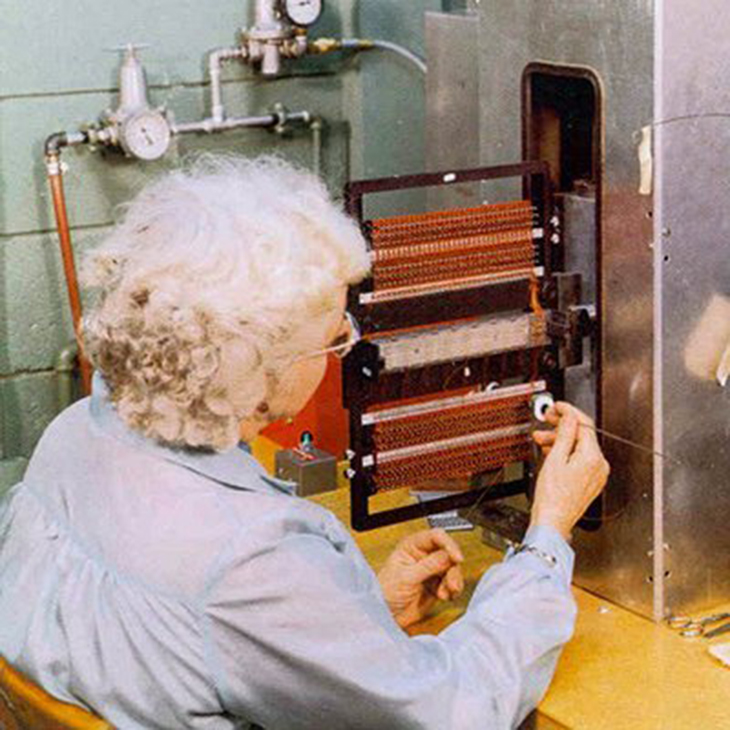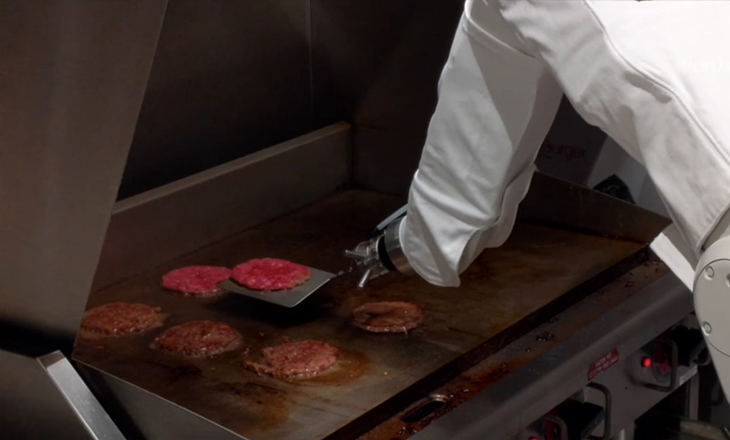
Computer technology has come a long way. Time was when computers were bulky, and primitively and hysterically hilarious. Those who remember the technology of yesteryear will surely get a kick out of remembering. Those who do not, will surely be in a state of shock. Whatever era you come from, enjoy knowing how computer technology has developed through the years.
The early days of computer technology had memory that permitted a capacity of very few bytes. A popular image shared on social media sites features a large box lifted onto the cargo bay of a Pan American Airways flight. The caption identifies the box as one containing the IBM 305 RAMAC, the world’s first commercial hard disk developed in 1957. It had a capacity of only 5 megabytes.
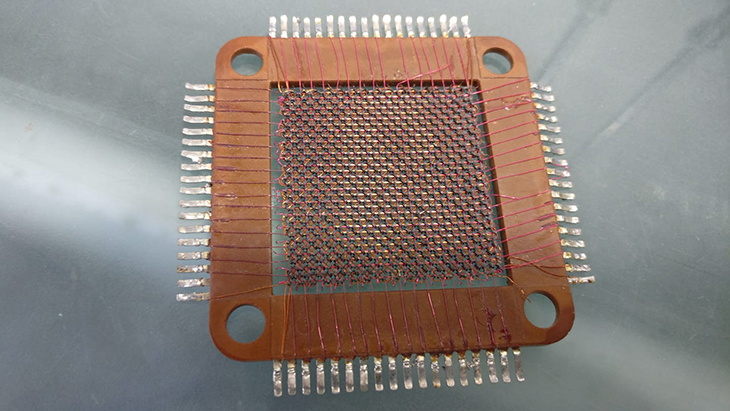
The first electronic computer developed during the 2nd World War used vacuum tubes to store data. The computer was supposed to help the military calculate artillery firing tables. A major improvement was introduced by John Presper Eckert, who invented a complicated device using mercury-filled glass tubes and quartz crystals, that could store up to a few hundred thousand bits.
The late 1940s saw an amateur inventor from Los Angeles who filed a patent for a new kind of memory that used tiny transformers to store data. His name was Frederick W. Viehe. Improvements soon came from Harvard physicist An Wang; and later on by Jay Forester, and Jan Rajchman in the early 1950s, which led to the development of the magnetic core memory. It was the first non-volatile memory, a memory that does not lose data when it loses power. The US Navy used this technological advancement for real-time aircraft tracking in its Whirlwind computers. Magnetic core memory consists of tiny donuts of ferrite material strung on wires into arrays. Each donut could store a bit, and the value of the bit (zero or one) was identified by the direction of their magnetic flux. Core memory became the dominant memory technology during the first 20 years of the Cold War.

However, there were some problems manufacturing them. The cores were tiny, and had to be threaded by steady hands using magnifying glasses. This delicate job was by no means easy. And the cores got smaller. Weaving and sewing have historically belonged to women, and so this job was entrusted to women as well. The first Apollo missions likewise employed skilled women to physically weave the software of the Apollo Guidance Computer into a high density storage called “core rope memory”, which was similar to the magnetic core memories. Precision was needed to work around the cores with a needle. Women from the Waltham Watch Company, and the local textile industry is where NASA got their “experts.” These women, who seated across each other at long desks, passed wires back and forth through a matrix of eyelet holes, each comprising a magnetic core bead. Passing a wire through the core created a “1”, bypassing the core created a “0”. Not easy work for sure.
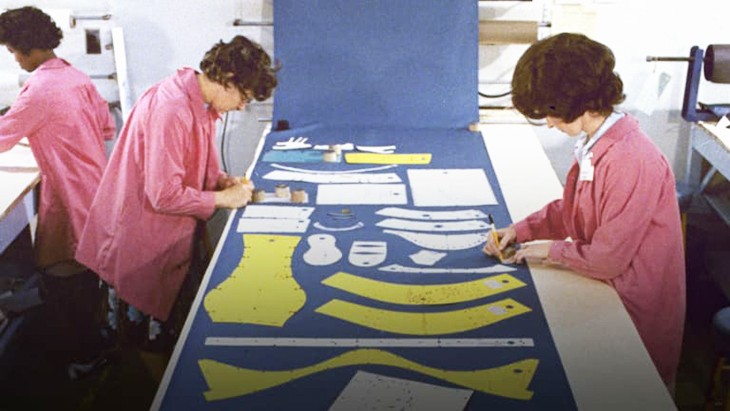
Surprisingly, the core rope memory was nicknamed “LOL” memory, for “Little Old Ladies.” And, these ladies were supervised by “rope mothers,” who were more often than not, males. But, the main boss of the rope mothers was a woman named Margaret Hamilton. She was the director of the Software Engineering Division of the MIT Instrumentation Laboratory. They developed on-board flight software for NASA’s Apollo space program. One of her main contributions to the Apollo mission was to devise a way to deal with computer errors. There were a few formalized guidelines in the 1960s on how to write, document, and test complex software. The software was error-free, the humans were not.
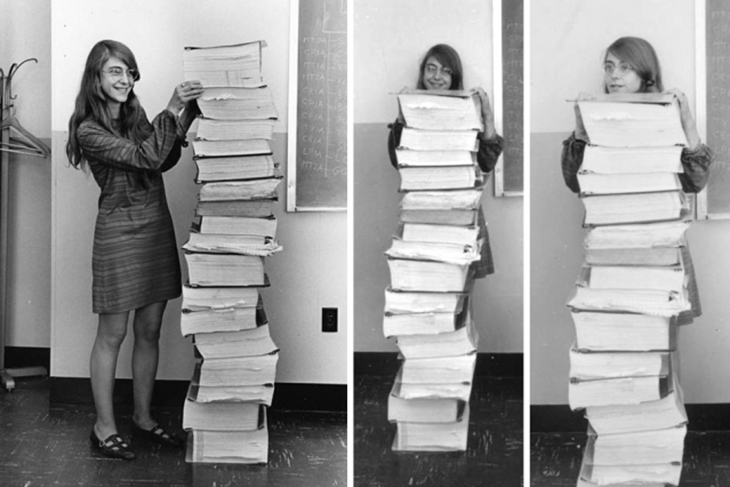
Hamilton’s job was truly remarkable. During the landing sequence of Apollo 11, the astronauts left the rendezvous radar switch on, overloading the computer. Margaret Hamilton foresaw such an emergency and incorporated an error-detecting-and-correcting mechanism which allowed the overloaded Lunar Module computer to weed out unimportant tasks and concentrate on steering the descent engine. Hamilton later wrote to the Director of Apollo Flight Computer Programming – “If the computer hadn’t recognized this problem and taken recovery action, I doubt if Apollo 11 would have been the successful moon landing it was.”
Without the skilled work of these women, and the remarkable Margaret Hamilton, our computer technology would not be what it is today. Primitive as it was then, the job the women did was surely not an easy task. So, hope you appreciate the work they did.
